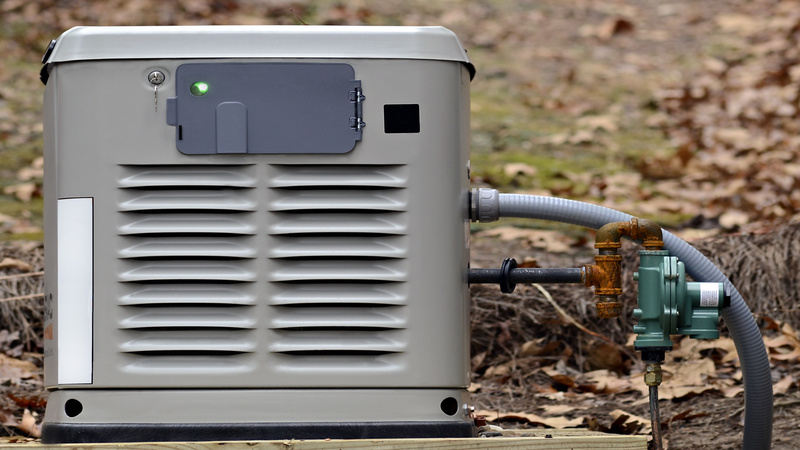In simple terms, the flexible printed circuit is: Conductive traces in specific patterns that have been bonded to a flexible substrate. Put even more simply, these are the ideal solutions for electronic packaging needs.
Often referred to as flexible pcbs, flex circuits and, simply, flex, the flexible printed circuit offer a number of benefits. The fact is, there are a number of differences offered by this component in terms of functionality, fabrication, and design. A mistake that many designers tend to make is designing of a flexible circuit with the same rules they apply to circuit boards.
The term ‘printed’ is considered a misnomer, since many of the modern manufacturing processes utilize laser imaging or photo imaging as the definition method, instead of printing.
The flexible printed circuit includes a metallic layer of traces that are bonded to a dielectric layer. Copper is one of the most commonly used options, but there are a number of other types of conductive materials put into use, as well. The thickness of the actual metal layer may be extremely thin, for example less than .0001’ or extremely thick, greater than .010’. The dielectric layer is typically polyester or polyamide; however, a number of other materials are also able to be used. The dielectric thickness will typically vary from .0005’ up to .010’. In many cases, an adhesive will be used to create a bond between the substrate and metal; however, there are other options for bonding, including vapor deposition that can be used.
Since copper usually oxidizes readily, the surfaces that are exposed can be covered with a protective film. Solder or Gold are the two that are most commonly used due to their environmentally durability and conductivity. For areas of non-contact a type of dielectric material can be used for protection of the circuitry from electrical shorting or oxidation.
There are quite a few different types of flexible printed circuits, including:
- Single sided circuits
- Double sided circuits
- Multi-layer circuits
- Rigid flex circuits
The advantage of flexible printed circuit is that it is able to be configured, folded and bent into virtually any shape or thickness that can be imagined, providing the designer with a number of options to create an electronics package. Also, space and size limitations are a minimal issue, compared to when a hardboard circuit is used. The entire process is typically less expensive, as well, since it can be built as an integrated part.



